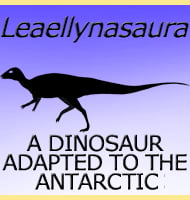Brachylophosaurus
In Depth The first Brachylophosaurus remains were discovered in Alberta in 1936, but were not named until 1953 when Charles Sternberg made the description. A second species of Brachylophosaurus was named as B. goodwini by Jack Horner in 1988; however the wider consensus today is that these individuals are actually further individuals of the genus … Read more
